“If something cannot go on forever, it will stop.”
– Herb Stein, former Chairman of the Council of Economic Advisers under Presidents Nixon and Ford
Dr. Stein uttered those words in 1986, and they have been referenced in various forms since. They make a good segue to the about-face in both equity and bond markets in the past week.
Treasury yields moved markedly lower last week on the back of two events: first, a dovish press conference by Chairman Jay Powell after a Fed meeting in which they left the short-term fed funds rate at 5.25–5.5%. That was followed by a softer than expected payrolls report on Friday, with employment rising by only 114k jobs – far less than the expectation of 175k jobs being created. This was the first larger miss on the downside in quite a while. In addition, the unemployment rate rose 0.2 percentage points to 4.25%. The combination sent equity markets sharply lower and bond markets sharply higher in price and lower in yield. In a remarkable shift, the consensus of Wall Street economists switched to multiple rate cuts and possibly 50-basis-point rate cuts in September and November, followed by 25 bps cuts going forward. Though there is a Federal Reserve conference at Jackson Hole later this month, we doubt it will be the backdrop for an emergency Federal Reserve rate cut between scheduled meetings.
The table below shows the remarkable drop in both US Treasury rates and AAA tax-free bond rates since Friday, July 26th, 11 days ago.

It’s important to remember that when these vigorous bond market rallies occur, NOTHING keeps pace with US Treasuries. This includes Munis, taxable or tax-free, corporates, or mortgages. If the economy is slowing down, it is not a far leap to think that credit spreads on corporate issues will also begin to widen.
The about-face in both the equity and bond markets has also been accompanied by the unwinding of the inverted yield curve. Below are two charts showing the change in yields between the 2-year Treasury and the 10-year Treasury at year end and now. We have also included a graph showing the US Treasury yield curve at year end and now. The yield curve had been inverted since fall of 2022. That is a long time by historical standards, but it has been our contention that the inversion lasted longer because of the economic effects of Covid – stimulus, spending, etc.
The disinversion of yield curves usually precedes a recession or slowdown and thus usually occurs right in front of a Federal Reserve cycle of cutting short-term rates. You can see that the very front end remains inverted because of the high level of fed funds rates, but the curve is positive now from 5 years on out versus 10 years on out at the beginning of the year.
Its also instructive that the 10-year bond yield, which began the year at 3.88% and climbed to 4.70% by mid-April, is now BELOW its level at the beginning of the year, at 3.76%. It’s come a long way in a short period of time.


What is driving this? Certainly, fear of a recession or a slowdown. This has been reflected in the drop in the S&P 500 of over 5% since July 26th and a drop in the Nasdaq of over 7% in the same period. Fear has also been reflected in the massive swing into bonds. Is this the return of the October 1987 stock market crash? Clearly not, as the damage was much less than that day. But it does most likely represent a period of consolidation of recent gains and a transition to a slowing economy. We will know more in the next few weeks, but the change in the yield curve reflects the fear of slowing that is out there.
John R. Mousseau, CFA
Chief Executive Officer & Director of Fixed Income
Email | Bio
Links to other websites or electronic media controlled or offered by Third-Parties (non-affiliates of Cumberland Advisors) are provided only as a reference and courtesy to our users. Cumberland Advisors has no control over such websites, does not recommend or endorse any opinions, ideas, products, information, or content of such sites, and makes no warranties as to the accuracy, completeness, reliability or suitability of their content. Cumberland Advisors hereby disclaims liability for any information, materials, products or services posted or offered at any of the Third-Party websites. The Third-Party may have a privacy and/or security policy different from that of Cumberland Advisors. Therefore, please refer to the specific privacy and security policies of the Third-Party when accessing their websites.
Sign up for our FREE Cumberland Market Commentaries
Cumberland Advisors Market Commentaries offer insights and analysis on upcoming, important economic issues that potentially impact global financial markets. Our team shares their thinking on global economic developments, market news and other factors that often influence investment opportunities and strategies.

